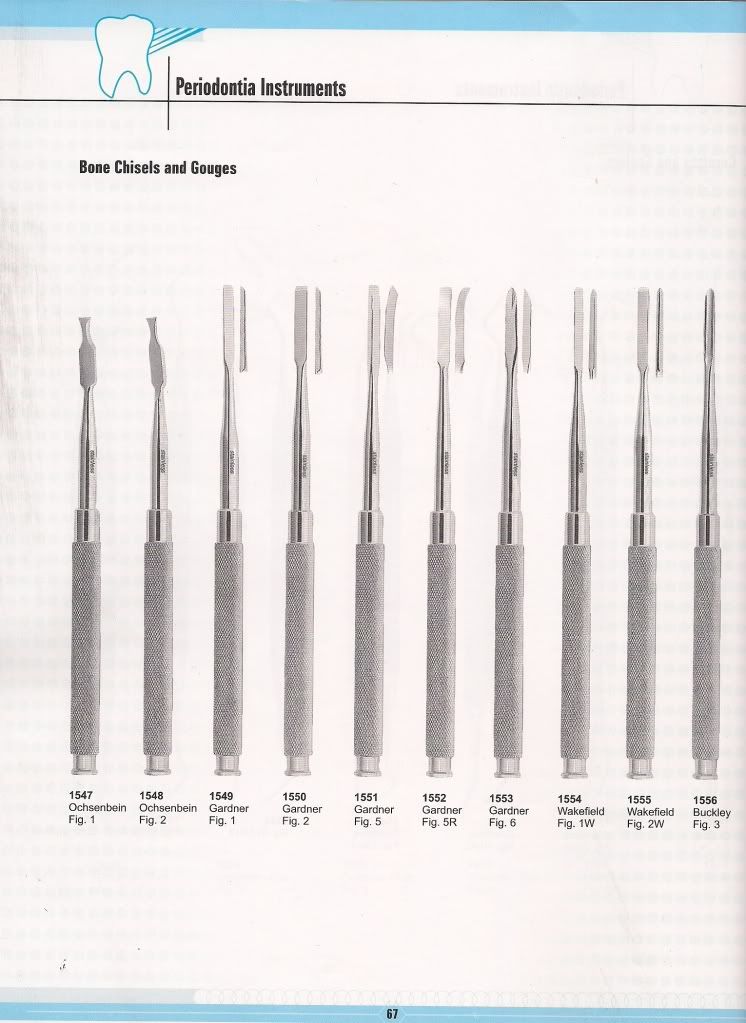
The body is a complex system. If someone falls ill, there are two ways to inquire about the illness which is plaguing the person. The two methods are invasive and non invasive. Invasive method does not always give the complete picture, yet the non invasive method gives a more complete idea on what is wrong with the patient without the hassles of surgery. Such a method requires expensive medical equipment which might be out of reach of many. What shall the affected party do? Well, they can always look into medical tools like: used mri equipment, used cath lab or a used c-arm.
CT scanner which helps to visualize detailed internal structures. This type of machine uses radiation for either a full or a partial scan. This causes the nuclei to produce a rotating image detectable by the scanner-and this information is recorded to construct an image of the scanned area of the body. Low dose radiation field gradients cause nuclei at different locations to rotate at different speeds. 3-D spatial information can be obtained by providing gradients in each direction.
used cath lab is an examination room in a hospital or clinic with diagnostic imaging equipment used to support the catheterization procedure. A
karl storz catheter is inserted into a large artery, and various wires and devices can be inserted through the body via the catheter which is inside the artery. The artery most used is the femoral artery. However, the femoral artery is associated with local complication in up to 3% of patients and hence, more interventional physicians are moving towards the radial (wrist) artery, as an alternative site. Disadvantages of the radial artery include small vessel caliber and a different "learning curve" for physicians used to the femoral (groin) access.
Most catheterization laboratories are "single plane" facilities, those that have a single X-ray generator source and an image intensifier. Older cath labs used cine film to record the information obtained, but since 2000, most new facilities are digital. The latest digital cath labs are biplane (have two X-ray sources) and digital, flat panel labs. Biplane laboratories achieve two separate planes of view with the same injection and thus save time and limit contrast dye, limiting kidney damage in susceptible patients.
A
karl storz gamma camera, also called a scintillation camera or Anger camera, is a device used to image gamma radiation emitting radioisotopes, a technique known as scintigraphy. The applications of scintigraphy include early drug development, nuclear medical imaging and to view and analyze images of the human body or the distribution of medically injected, inhaled, or ingested radionuclide emitting gamma rays. A gamma camera consists of one or more flat crystal planes (or detectors) optically coupled to an array of photomultiplier tubes, the assembly is known as a "head", mounted on a gantry. The gantry is connected to a computer system that both controls the operation of the camera as well as acquisition and storage of acquired images.
The best current camera system designs are by
karl storz which can differentiate two separate point sources of gamma photons located a minimum of 1.8 cm apart, at 5 cm away from the camera face. Spatial resolution decreases rapidly at increasing distances from the camera face. This limits the spatial accuracy of the computer image: it is a fuzzy image made up of many dots of detected but not precisely located scintillation. This is a major limitation for heart muscle imaging systems; the thickest normal heart muscle in the left ventricle is about 1.2 cm and most of the left ventricle muscle is about 0.8 cm, always moving and much of it beyond 5 cm from the collimator face. To help compensate, better imaging systems limit scintillation counting to a portion of the heart contraction cycle, called gating, however this further limits system sensitivity.
Read more...






